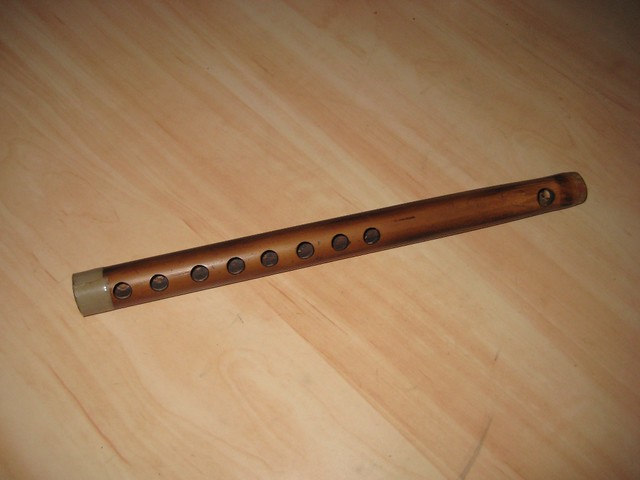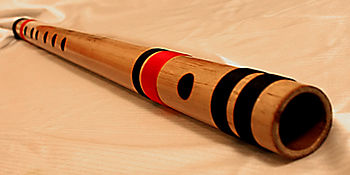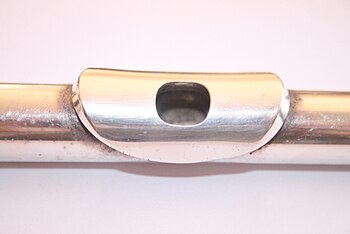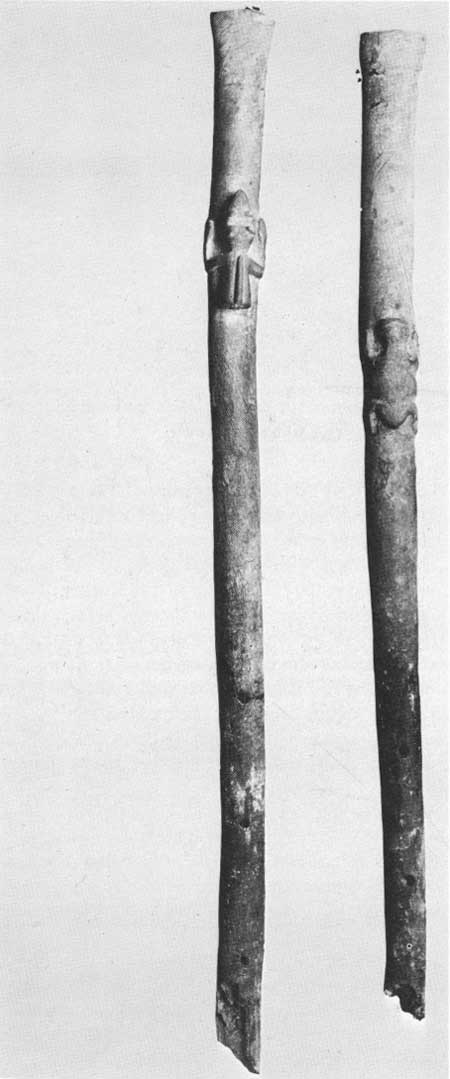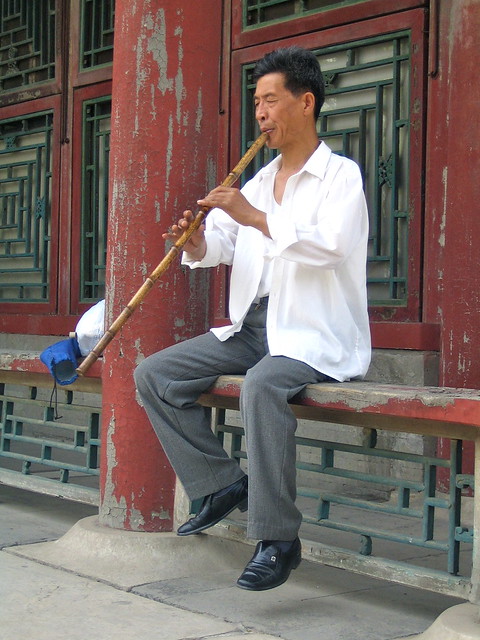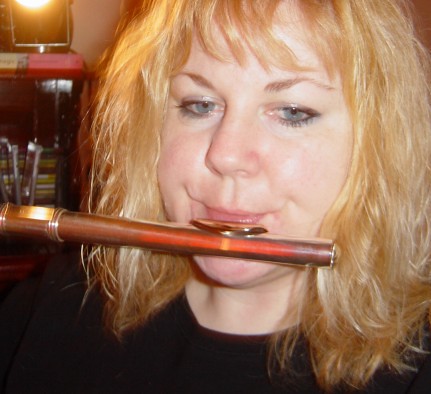 |
| (Photo credit: Wikipedia) |
Why?
Flute listening helps you...
- Learn the flute repertoire. The more familiar you are with what has been composed for the flute, the broader your flute knowledge becomes.
- Learn pieces faster. Knowing how a piece sound should make the learning process go faster. Get those rhythms correct the first time, play ornaments correctly, and incorporate dynamics from the beginning.
- Incorporate flute techniques into your own playing, including developing a good tone, vibrato, breathing, and phrasing.
- Learn to play various styles appropriately. Mozart is played differently than Prokofiev, and sometimes just listening is easier to absorb the style than having a teacher talk to you about it for an hour.
Flute listening is inspirational! Just imagine yourself playing that fabulous piece you've fallen in love with and you're halfway toward being able to actually play it! Even if you never play anywhere but your living room, it makes it much more fun!
There is so much wasted time in our days that we could turn into valuable listening time...
- Driving
- Standing in a line
- Waiting in the doctor's office or for other appointments
Using an iPod or other MP3 player allows you to listen to flute music anywhere, anytime. Every flautist needs to have one of these devices as part of their equipment, along with a metronome, digital tuner, and music stand. An iPod is so compact that you can easily pack it in a flute bag or purse. It's even more convenient than a small CD player.
Start listening and become a better flautist!
Article Directory: EzineArticles |



